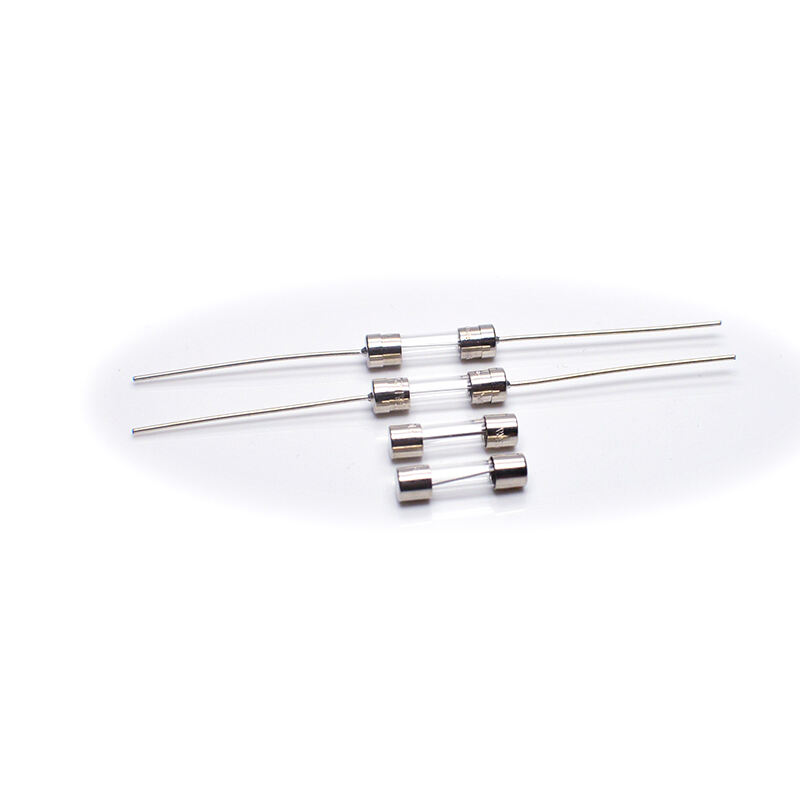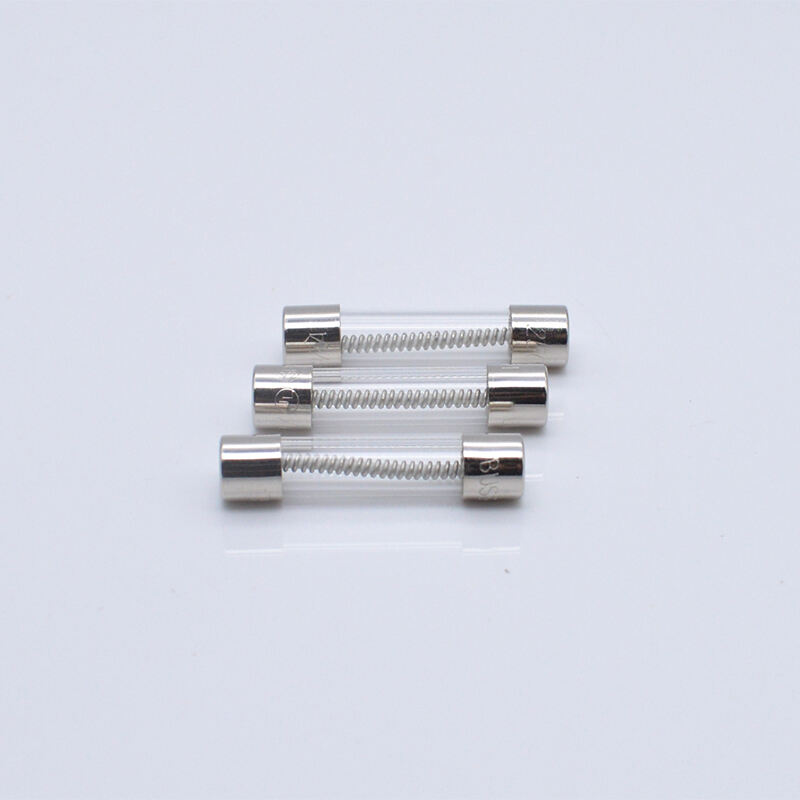Circuit breakers are essential components in electrical systems that regulate the flow of electricity and prevent potential hazards. They act as safety devices designed to automatically stop the electrical current in the event of an overload or a short circuit. This proactive interruption preserves the integrity of the entire electrical system. According to the National Fire Protection Association (NFPA), faulty electrical systems account for an average of 46,700 home fires annually in the United States, underscoring the critical need for effective electrical safety measures.
The primary function of circuit breakers is to prevent damage to electrical circuits by interrupting the flow of electricity when unusual conditions are detected. Their ability to anticipate and manage excess current not only averts equipment damage but also minimizes the risk of electrical fires. The NFPA data reflect that circuit breakers play a pivotal role in safeguarding residential and commercial properties. Without proper circuit protection, electrical faults could lead to catastrophic damage, endangering both property and lives.
Omitting the use of circuit breakers in electrical systems poses significant risks, including property damage and loss of life. In the absence of these devices, any anomaly in current flow can result in short circuits or overheating, dramatically increasing the likelihood of fires. Proper installation and maintenance of circuit breakers substantially reduce these risks by ensuring timely response to electrical anomalies, thus maintaining safety and reliability across all electrical installations.
Circuit breakers are pivotal in safeguarding electrical systems through a combination of thermal and magnetic tripping mechanisms. The thermal aspect involves a bimetallic strip that reacts to the heat generated by excess current flow. When this strip bends, it triggers the breaker to trip, interrupting the electrical circuit. On the other hand, the magnetic mechanism employs an electromagnet activated by excessive current. As soon as the current surpasses a certain threshold, the resulting magnetic force quickly manipulates a plunger that opens the circuit, ceasing the current flow rapidly. These mechanisms ensure that electrical systems are protected from potential overheating and subsequent damage.
Different types of circuit breakers cater to varied electrical requirements, enhancing the flexibility and safety of electrical installations. Standard circuit breakers, like single-pole and double-pole, address basic circuit needs, while specialized types such as Ground Fault Circuit Interrupters (GFCIs) and Arc Fault Circuit Interrupters (AFCIs) offer targeted protection against particular hazards. GFCIs safeguard against ground faults, common in wet areas, by monitoring the current balance between lines and tripping when needed. Conversely, AFCIs detect unintended electrical arcs that could start fires, making them crucial in preventing such occurrences. These variants serve specific functions, ensuring efficiency and safety across diverse settings.
Circuit breakers play a crucial role in safeguarding electrical systems by providing effective protection against electrical overloads and short circuits. These devices are designed to automatically interrupt electrical flow when abnormal conditions are detected, thereby significantly reducing the risk of electrical fire and equipment damage. According to studies, their implementation in various settings, such as residential, commercial, and industrial environments, has led to a marked decrease in the incidence of electrical hazards. This preventative measure is essential in maintaining the safety and longevity of electrical systems.
In addition to protecting against overloads and short circuits, circuit breakers offer enhanced electrical safety by preventing electrical shocks and fire risks. By interrupting electrical flow during excessive current surge or fault conditions, they mitigate potential dangers and safeguard lives and property. Experts agree that the use of circuit breakers in electrical networks enhances overall system reliability and safety, as they provide a quick response to faults, reducing the potential for severe accidents. This dual role of protection and safety makes circuit breakers indispensable components in ensuring robust electrical systems.
Maintaining circuit breakers is essential for ensuring their optimal performance and safety in your home. Begin by conducting regular inspections to check for visible signs of wear and tear, and ensure that all connections are tight. Additionally, periodic testing of the breakers can help verify their functionality. This involves manually tripping the breaker and resetting it to confirm it responds correctly. Another important tip is to keep the breaker panel clean and free from dust and moisture, which can cause deterioration over time. These maintenance practices ensure that circuit breakers continue to operate efficiently and protect against electrical hazards.
Recognizing common signs of circuit breaker failure allows for prompt action before more severe problems arise. Frequent tripping of a breaker, which could indicate overloads or faults in the electrical system, requires attention. Moreover, physical damage such as burn marks or a burning smell near the breaker panel is a critical indicator of underlying issues. Addressing these signs with the help of a professional electrician prevents potential hazards like electrical fires. By being vigilant about these warning signs, you ensure sustained safety and functionality in your household's electrical system.
Replacing a circuit breaker safely requires a methodical approach and adherence to safety precautions. Here’s a step-by-step guide to ensure a smooth process:
In addition to replacing breakers, troubleshooting common issues can prevent unnecessary replacements. Begin by identifying the cause of the overload condition, which is often indicated by frequent tripping. Examine appliance power usage and redistribute loads across circuits if necessary. For persistent issues, inspect for any visible damage to the circuit breaker or wiring. If the breaker trips without a clear overload, it could be due to a short circuit or ground fault, requiring deeper inspection or professional advice. Regular maintenance and circuits understanding are key to resolving these hurdles efficiently.
Choosing the right circuit breaker product is crucial for ensuring safety and efficiency in your electrical systems. Here's a brief overview of some recommended glass fuse products from the Bussmann brand, each known for its unique specifications and ideal applications:


Selecting the appropriate fuse product tailored to your specific electrical requirements is essential for optimizing circuit performance and preventing potential hazards.

2024 © Shanghai King-Tech Electronic Co., Ltd. Privacy policy